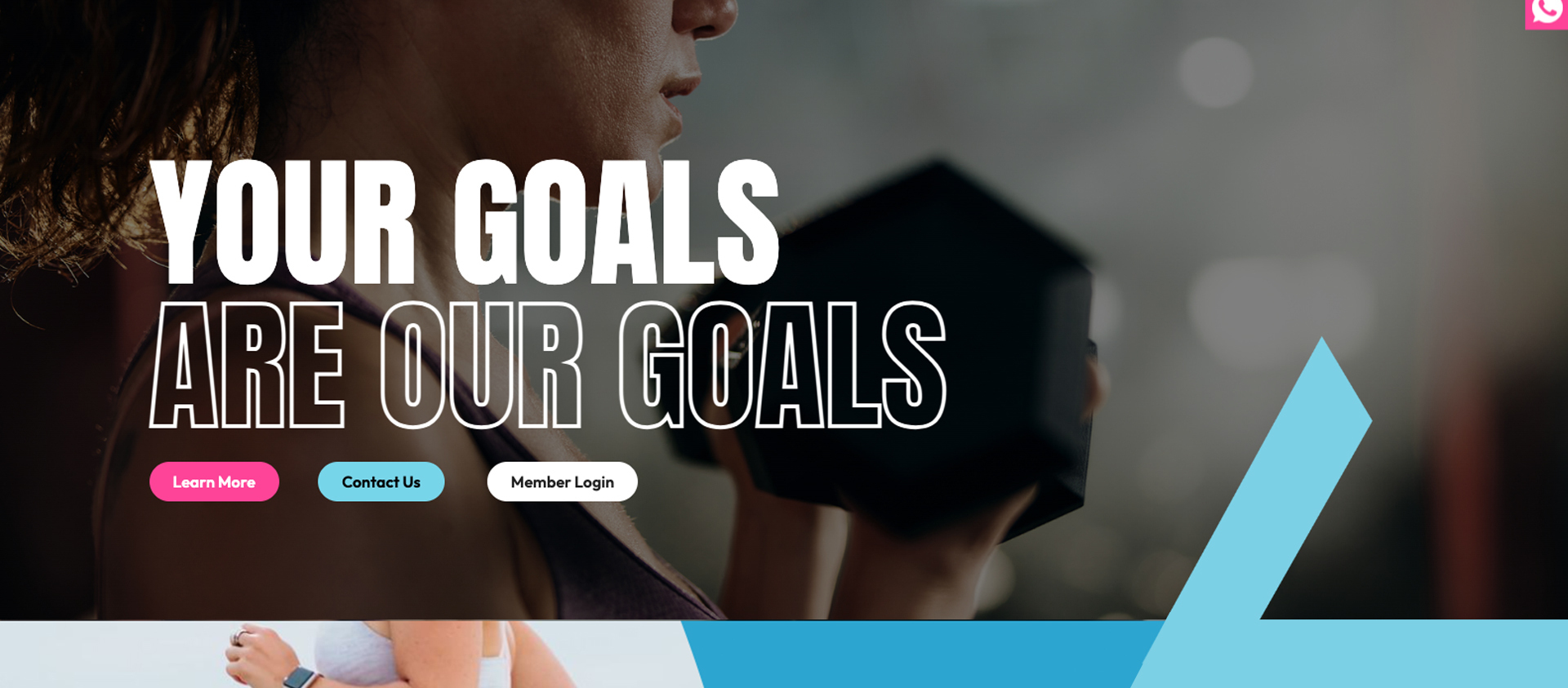What is Anchor Text and how to optimise it
Published on 5th October 2023
Anchor text is a crucial aspect of your website's SEO. When used correctly, it can boost your website's ranking and visibility. Yet, be cautious to avoid over-optimising it, as Google may penalise this. Carry on reading for an explanation of how to optimise your anchor text and use it correctly and to its full potential.
What is Anchor Text?
Firstly, anchor text is the clickable text found within a hyperlink. Typically, it appears in a different colour, underlined or in bold, to stand out from the surrounding text to signal its clickability. The primary purpose of anchor text is to give users an idea of the content they will find by clicking the link.
The importance of Anchor Text
Ensuring your anchor text is relevant and descriptive positively impacts your website's rankings on Google and enhances the overall user experience. This is because both search engines and users rely on anchor text to recognise the linked page's content.
Using relevant anchor text helps Google understand your website's structure, providing valuable context on how various pages are connected. For instance, using anchor text like "website design" informs Google that the subsequent page links to the topic website design.
A popular choice for anchor text is "click here" and "find out more". However, you should refrain from using these because it could be more helpful as it provides zero context. So, when you add a link, ensure the text highlighted is informative and optimised for the relevant topic.

Different types of Anchor Text
Exact-match:
An anchor text is considered "exact match" when it contains a keyword that precisely matches the topic of the linked page. For example, using 'website sustainability' as anchor text to link to a page specifically about website sustainability.
Partial-match:
In this case, the anchor text includes a variation of the keyword found on the linked page. For instance, using 'redesign your website' as anchor text to link to a page titled - "is it time for a website redesign?".
Branded:
Using a brand name as anchor text to link to a specific page related to that brand. For example, using 'it'seeze' as anchor text to link to an article on the it'seeze blog.
Naked link:
When the anchor text is a direct URL or web address, such as 'https://itseeze.com', it is referred to as a naked link anchor.
Generic:
A generic word or phrase, like "click here," that is used as the anchor text to link to a page without providing specific context about the linked content.
Images:
In cases where an image is used as a hyperlink, Google uses the text contained in the image's alt-text as the anchor text.

Optimising your Anchor Text
Now that we've discussed various anchor text types, let's explore how to optimise your anchor text for SEO.
In order for your anchor text to be SEO-friendly, it should:
Be concise
Be relevant to the linked page's content
Avoid excessive keyword stuffing
So you must make sure the words you use for links match what you're linking to. When search engines crawl the web, they analyse anchor text to determine the topic and the potential keywords associated with the linked page. Therefore, using descriptive and relevant anchor text can positively impact a page's search engine rankings for the targeted keywords.
Here are some essential guidelines for creating effective anchor text:
Make Sure Anchor Words Are Relevant
Relevant anchor text plays a significant role in aiding Google to comprehend your website's structure, potentially leading to higher rankings. Moreover, using relevant anchor text provides a more organic appeal to your readers, increasing the chance of them wanting to go ahead and click on it.
Both Google's algorithms and human users rely on anchor text to gain insights into web page content. When selecting anchor text, it's essential to consider what would create the most natural and seamless user experience.
However, similar to making content better, it's important to find the right mix between using the right keywords and not using too many of them in the words you link. Finding this balance is really important for making things work well.
Don’t Over-Optimise Your Anchor Text
While there are no strict length rules for anchor text, it's advisable to keep it brief. We suggest limiting the anchor text to five words or fewer. Keep in mind that an excessive use of exact match anchor text can have negative implications according to Google's perspective. To achieve optimal outcomes, aim for a diverse range of anchor text types, as this creates a more natural and organic context.
When crafting anchor text, consider two important questions:
What is the most concise yet descriptive way to portray the linked page's content?
Does the anchor text align with users' expectations for the destination of the link?

Pay Attention to Surrounding Text
The words around your anchor text help readers and search engines understand what the link is about. Google prefers natural language to provide accurate search results based on how users talk and type. So, it's essential to consider the surrounding words when using anchor text.
When you see a link while reading content, you don't just rely on the anchor text to decide whether to click it. You would often read the whole sentence or paragraph to get more context. Google does a similar analysis when evaluating your page.

Are you looking for help to optimise your website?
Let us increase your website visitors and ultimately, conversions too. We have two new SEO packages available, whether you're happy to complete the SEO yourself or if you'd like us to optimise your website on a monthly basis. Get in touch with your local web consultant today.
Tagged as: search engine optimisation (SEO)
Share this post:



